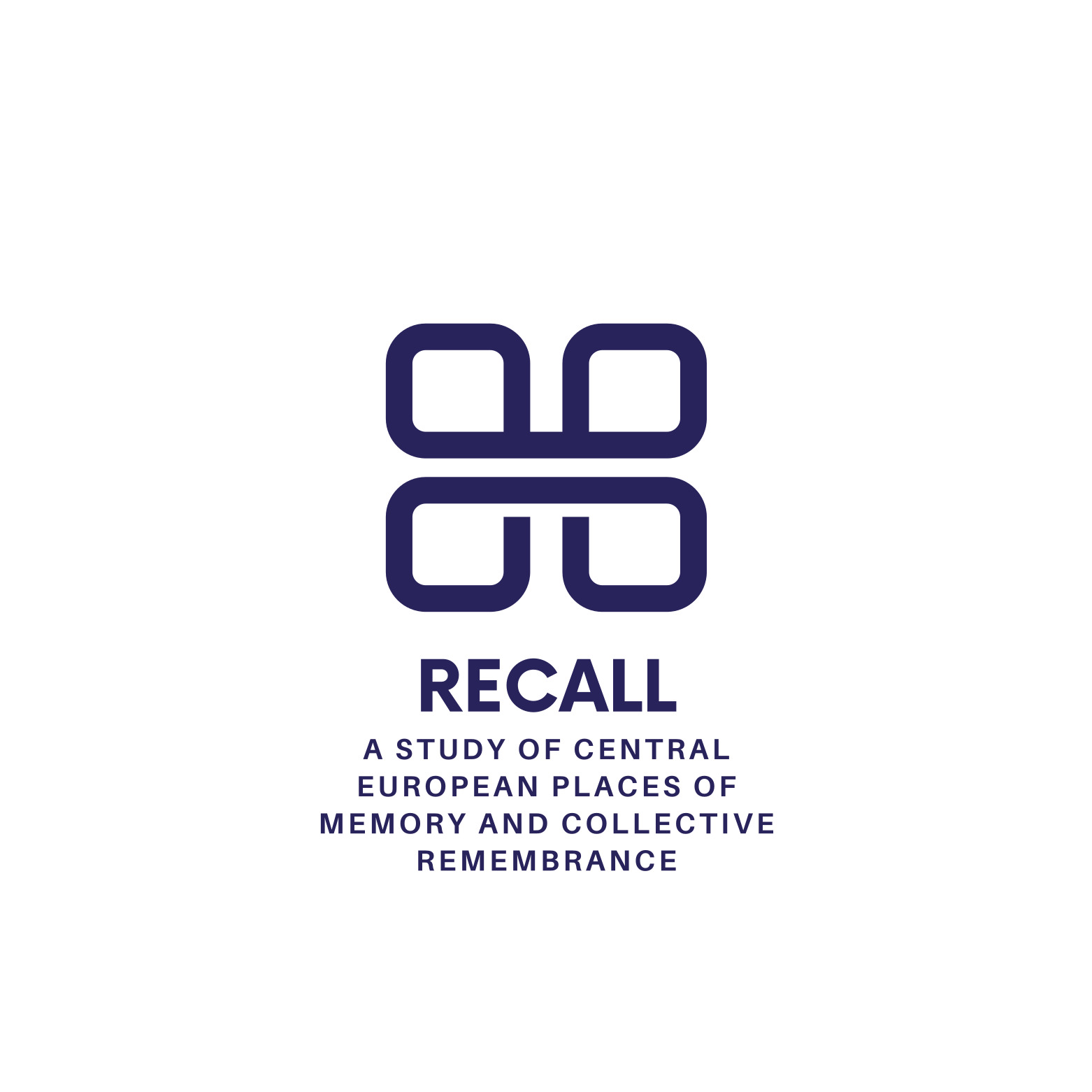Here you will find a related online catalogue of the sites during the project period.
🌍 Welcome to the Central European Memory Catalogue! 📜
Step into the heart of Central Europe’s shared history with our brand-new online catalogue — a vibrant journey through the stories, places, and figures that have shaped our region for centuries.
📍 338 Map Points
Hungary, Czech Republic, Poland — each offering a unique glimpse into the past.
📚 15 Topics in 4 Themes
Covering legends, milestones, and cultural transformations.
🧩 100+ Narratives
Myths, facts, and events shaping Central European identity.
🖼️ 300+ Images
Stunning curated visuals to enrich your journey.
✨ Why Visit?
This map isn’t just a resource — it’s a living connection to our past. Designed for historians, students, and curious minds, it invites you to explore the narratives that unite our nations.
📜 Data Structure of the Project
The ReCall Project Catalogue and Maps offers a structured knowledge base to easily access historical and cultural information.
- First level: 4 thematic categories: Myths and Legends, Political History, Social History, Cultural History.
- Second level: 15 specific topics connected to these categories.
- Third level: Facts grouped around key historical figures, providing broader historical context.
This hierarchy offers an intuitive, in-depth exploration of Central Europe’s cultural memory.
- Myth of the Hungarian Land-taking
- Polish national myths
- Three Lives of Czech Myths
- St. Stephen and others – First Christian saints in the Hungarian Kingdom
- St. Adalbert
- Patrons of the Czech Lands
- The Battle of Mohács – „The vast cemetery of our national greatness”
- Treaty of Trianon – „No. No. Never.”
- The Battle of Maciejowice
- Ribbentrop-Molotov Pact
- The Myth of White Mountain Defeat
- Munich Agreement
- Arrival of Miklós Horthy in Hungary
- The arrival of Józef Piłsudski in Warsaw
- The arrival of Tomáš Masaryk in Czechoslovakia
- Terezia Brunszvik and the First Kindergarten
- Margit Schlachta elected to Parliament
- Polon and Rad – Maria Skłodowska-Curie
- Women’s political rights in Poland
- Women’s education in Czechia
- Suffrage movement
- Minorities in Hungary
- The birth of Zionism – Chibbat Sion movement
- Search for multiethnic coexistence
- Brick Factory in Óbuda – Holocaust in Hungary
- Auschwitz Nazi German Death Camp
- Righteous Among the Nations
- Racial genocide in the Czech lands
- Josef Bem Square – 1956 Hungarian Revolution
- Reburial of Imre Nagy (Heroes’ Square) – 1989
- The Gdansk Shipyard – 1980 Solidarity Movement
- The Round Table Agreement – 1989 Poland
- Prague Spring – 1968
- Velvet Revolution – 1989
- Beginning of the Visegrad Cooperation (1335 and 1991)
- Timewheel in Heroes’ Square – Joining the Alliances
- Joining the European Union – Polish example
- Memorial of Cutting the Iron Curtain
- Edict of Torda – 1568
- Hungarian galley slaves – 1673
- Warsaw Confederation – 1573
- Autonomy of Jews and anti-Judaism in Poland
- Steps towards religious tolerance
- Religion and violence
- First university in Hungary
- Jagiellonian University in Krakow
- The intersection of European intellectual heritage
- Semmelweis – Saviour of Mothers
- Plague representation in culture
- Pandemics in the Czech lands
- Buda – Home of the Jagellos and the Habsburgs
- Meeting of the Jagiellonian Kings with Emperor Maximilian (Matejko painting)
- Culture in the Era of Renaissance and Baroque
- Stephen, the King rock opera – National emotions in communism
- Man of Marble (1977)
- The independent culture under the communist regime
- Revolution in Pest – The birth of the political nation
- Hungarian independence from the Habsburg dynasty
- Lvov-Tarnów-Poznań uprisings
- The birth of the political nation

